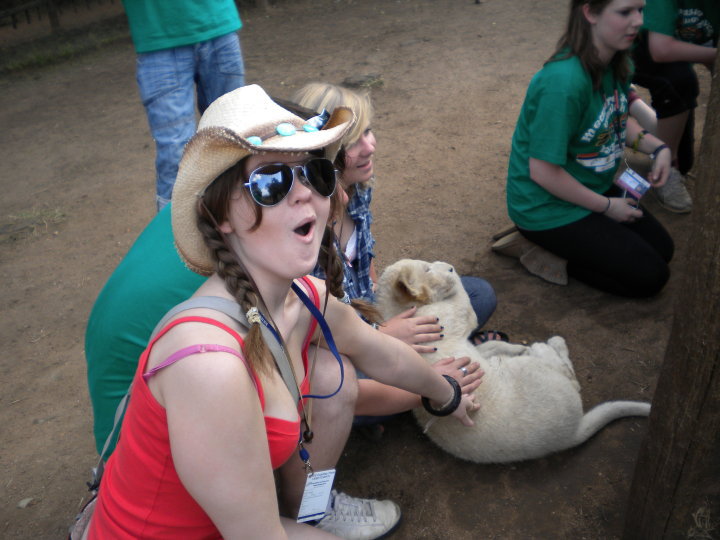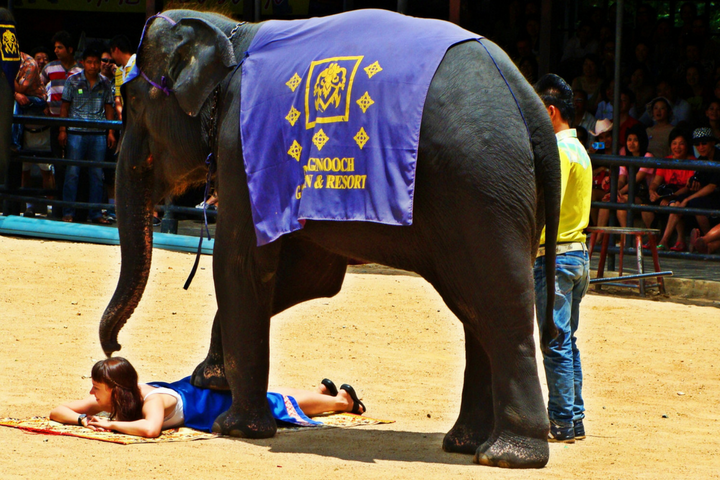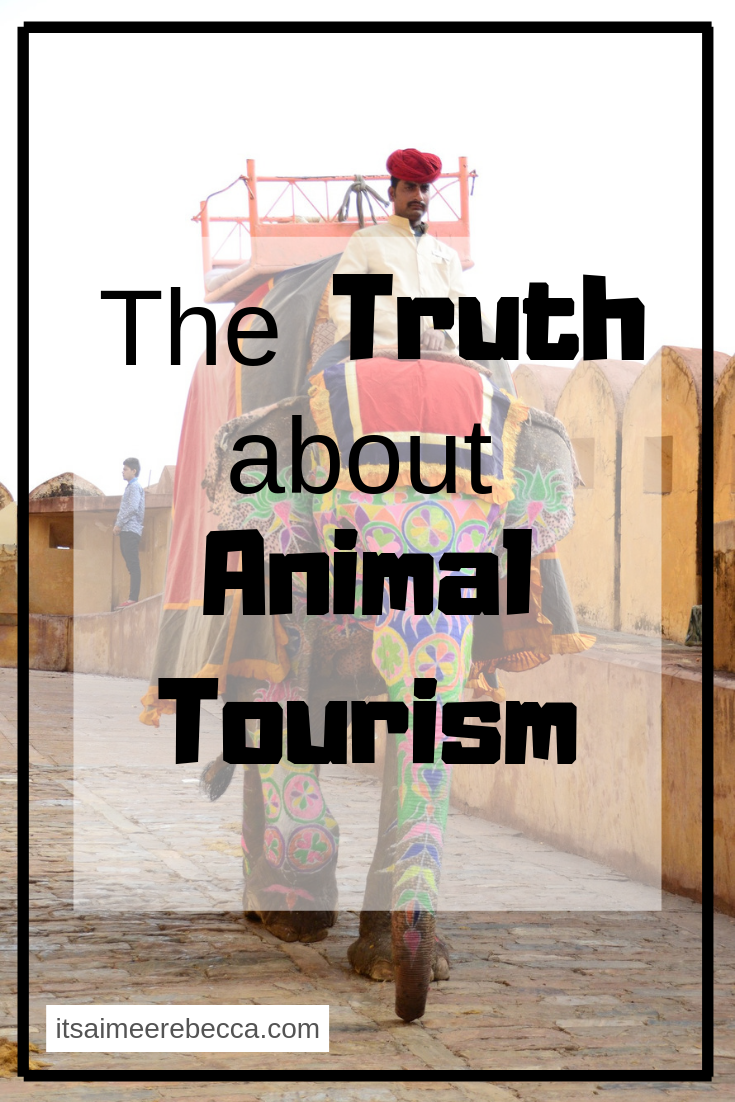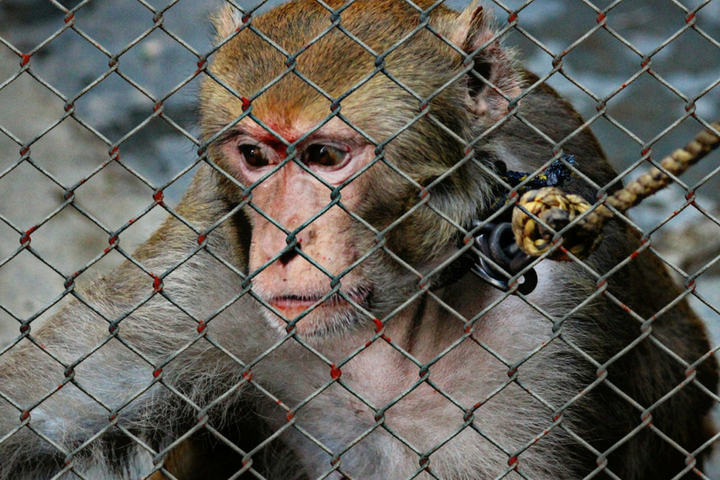
I’ve made a lot of travel blunders over the years, ranging from first-time foolishness to the downright dangerous. I got myself locked in a wine cellar in Venice, picked up pneumonia in South Africa and almost died on a boat trip in Sri Lanka. But, while I’ve had my fair share of transcontinental brushes with death, my biggest travel regret is buying into animal tourism without even realising what kind of harm I was inflicting.
My Experience
Way back in 2010 and then again in 2011, I did volunteer work in South Africa. I lived in a field with no hot water, no beds and a lot of spiders. When the project came to an end and all the hard work was over with, we were all taken to a nearby lion park as a treat.
The park had giraffes, ostriches, some wild dogs and, of course, several enclosures of lions. It wasn’t like any safari park I’d ever experienced. The gates that led into the enclosures were kept open and a group of men with guns sat on nearby patio chairs to scare off the lions if they decided to try and make a break for it. I’ll admit, it seemed like a strange approach to security.
But the most exciting part of our visit to the lion park was getting to go into the lion cub enclosure and cuddle the babies. The cubs lived in a separate enclosed area and, for an additional fee, you could go inside and play with a real, live lion. Who wouldn’t want to smooth a cute little lion cub, right?
The answer to that question is the me of 2018. I look back at my 19 year old self with my head in my hands and despair. It’s not that I think lion cubs are any less cute or that I have any less desire to give them a big old hug, but now I realise just how inhumane animal tourism is and I feel terrible for unwittingly supporting that kind of cruelty.
The Animal Tourism Industry
The release of ‘Blackfish’ really shot issues surrounding animal tourism to the forefront of public attention. Like most people, it had never even occurred to me that orcas might not want to live in oversized fish tanks, doing flips for food. They always looked so happy! But the tragic plight of Tilikum really forced me to open my eyes to the other forms of animal abuse that were happening around me in the name of ‘a good day out.’
More than 560,000 animals are currently held captive in animal tourism attractions all over the world including elephants, bears, orang-utans and lions. Welfare and conservation abuse take place in approximately three out of every four of these attractions, meaning hundreds of thousands of animals are suffering every year, oftentimes just for the sake of a selfie.
Most of us wouldn’t pay to see a drugged-up caged bear ‘dance’ when poked with a sharp stick. We know it’s cruel and we wouldn’t want spend our money supporting it. But what about riding elephants, petting lion cubs or swimming with dolphins? That’s fine, right?
80% of tourists can’t see the negative impact wildlife tourist attractions have on animals. If an animal is doing something you wouldn’t see it doing naturally in the wild, something is very wrong.

Why This Is Wrong
You might think your holiday antics are perfectly ethical. “Hello! The dolphins were smiling!” But here are some of the awful things that go on behind the scenes of animal tourism.
- Tigers at tiger ‘sanctuaries’ are kept heavily sedated and have their teeth and claws removed so they can’t harm the tourists who invade their space to take selfies with them.
- Baby elephants are stolen from their mothers and physically and emotionally tortured until their spirits break, just so they can give rides to humans.
- Dolphins are kept in confined spaces. Food-deprivation tactics are often used to train them to perform tricks for shows or as part of a swimming with dolphins experiences.
- Bears are naturally solitary creatures, but in bear parks they’re confined to small, sterile, overcrowded concrete pits.
- Monkeys are cruelly trained to walk on their hind legs and dance for the amusement of tourists. While not performing, they’re often chained up or kept in cages.
And I’m not even scratching the surface here.
Let’s Make Better Choices
When I held those fluffy lion cubs eight years ago, I had no idea that I was causing any kind of suffering. They looked well cared for an content. Now that I’m aware of the cruelty that fuels these kinds of attractions, I avoid them at all costs. Instead, if I plan to experience wildlife while I’m travelling, I make sure I’m visiting a genuine, ethical sanctuary like Elephant Nature Park in Thailand. Or, better yet, I visit animals in the wild like when I went elephant spotting in Sri Lanka.
After all, in the wild is where these animals belong and that’s where they should stay.



